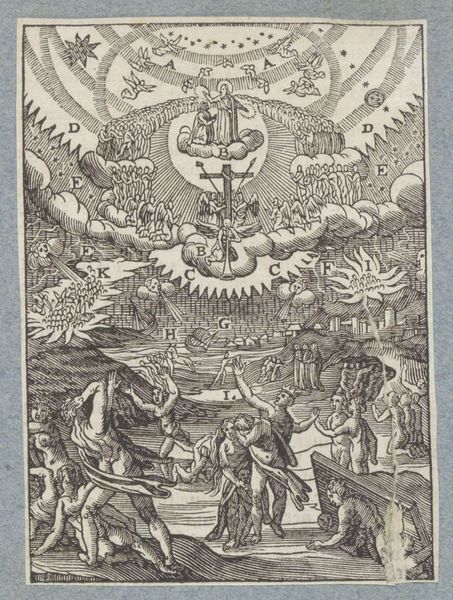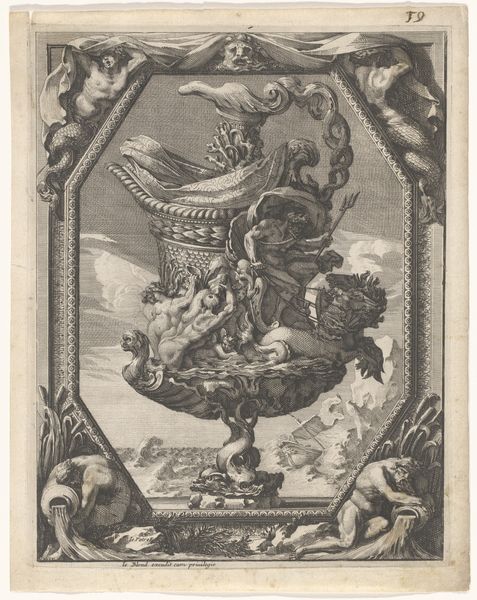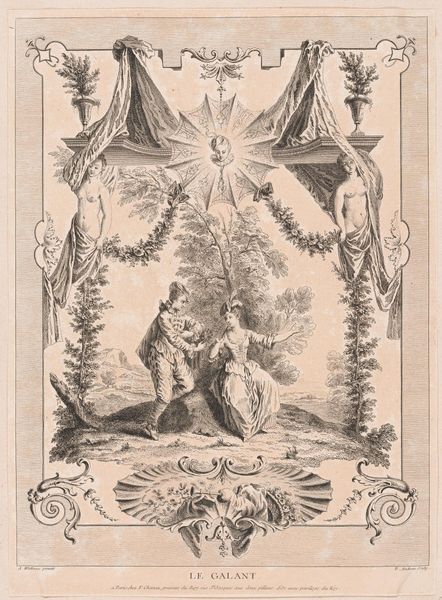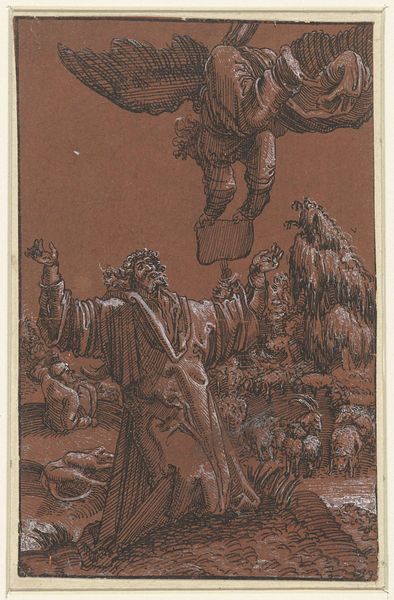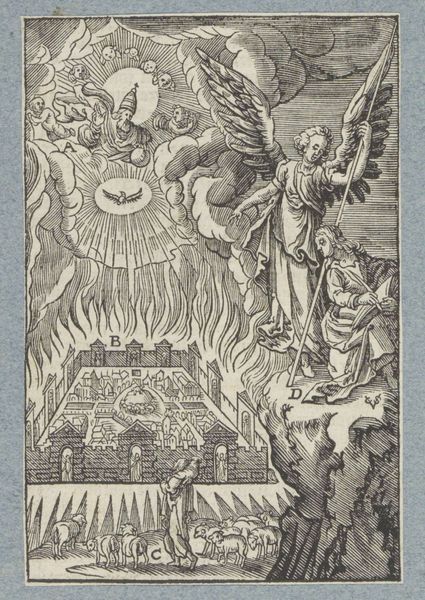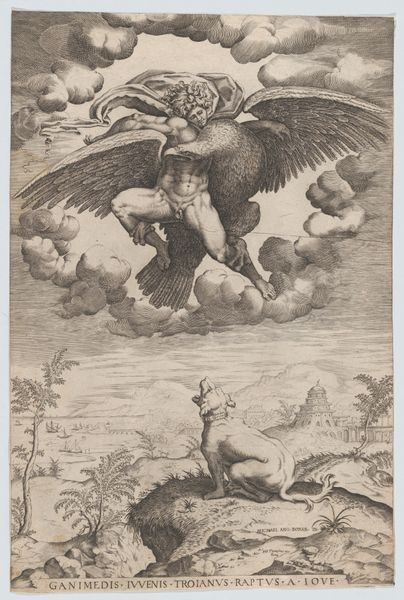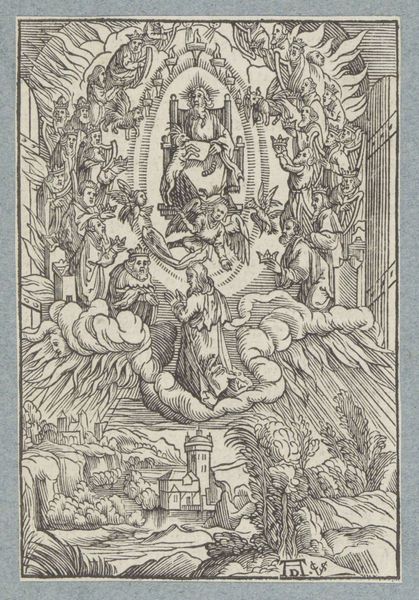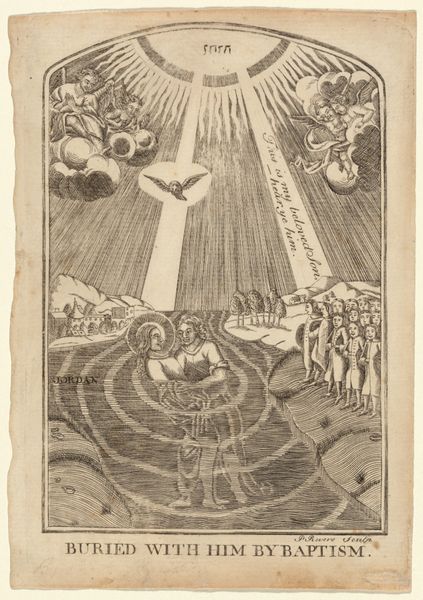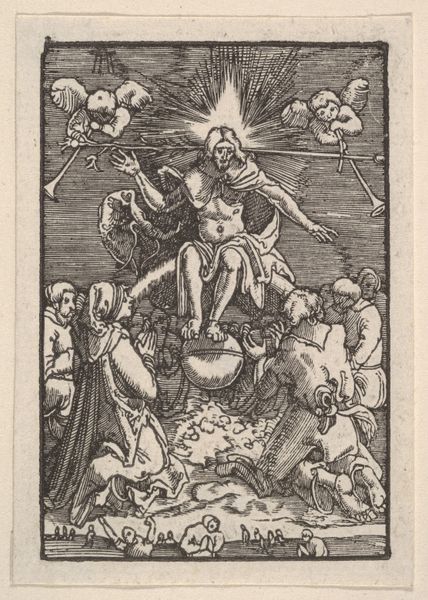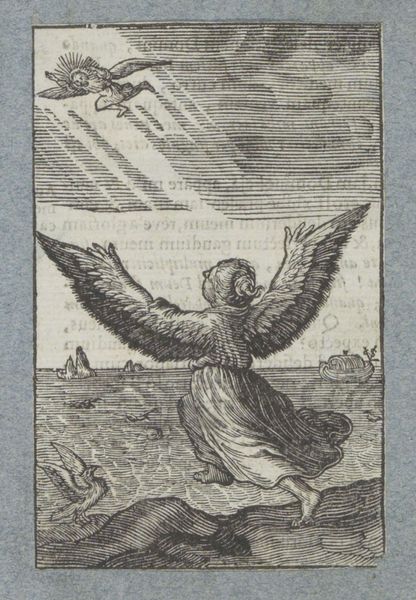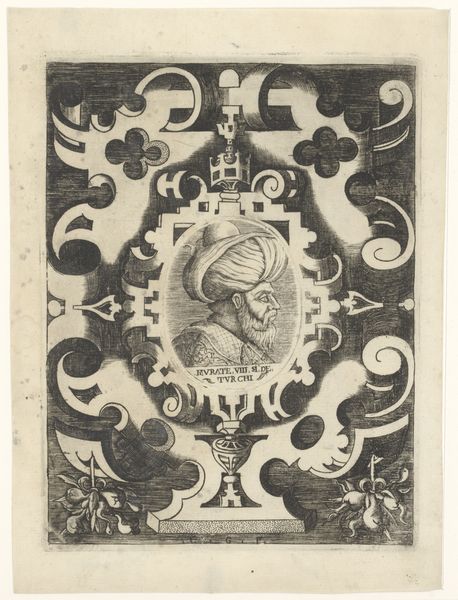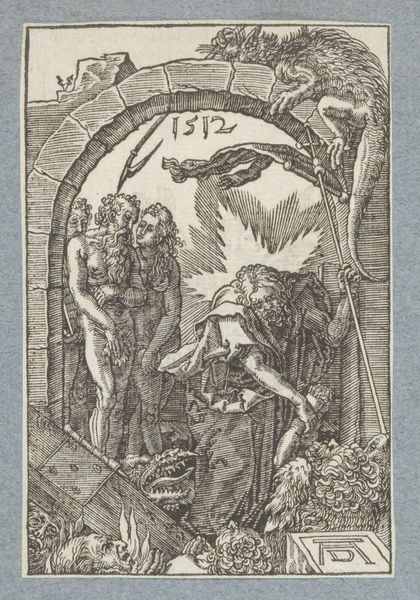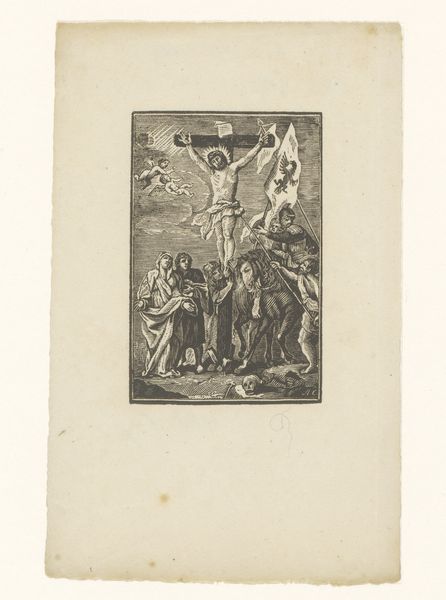
New Guatemala, from the City Flags series (N6) for Allen & Ginter Cigarettes Brands 1887
0:00
0:00
drawing, graphic-art, coloured-pencil, print
#
drawing
#
graphic-art
#
coloured-pencil
# print
#
coloured pencil
#
decorative-art
Dimensions: Sheet: 2 3/4 x 1 1/2 in. (7 x 3.8 cm)
Copyright: Public Domain
Editor: This is "New Guatemala, from the City Flags series," created in 1887 by Allen & Ginter, housed here at the Met. It seems to be a print or drawing, and the first thing I noticed is how it mixes the sort of grand, official imagery of a flag with something that feels very…commercial. How would you interpret this work? Curator: This piece, part of a cigarette card series, really showcases the intertwining of industry, national identity, and consumer culture. Let's consider the materials: colored pencils and print on cardstock, mass-produced for wide distribution. Isn't it interesting how something meant to be discarded becomes a window into the values of the time? How does this challenge our typical ideas about what "art" can be? Editor: That’s a good point – seeing a flag as advertisement just feels strange. Curator: Exactly! Consider the labor involved: from the artists creating the original design, to the factory workers mass-producing these cards, all fueled by the economic engine of tobacco. The consumption of both the cigarettes and the image becomes intrinsically linked. Does that shift your understanding of its purpose or value? Editor: Definitely. Thinking about it as a commodity really changes how I see the imagery of the flag. It makes me question the kind of idealized version of "New Guatemala" being presented, if it’s primarily to sell cigarettes. Curator: Precisely! These cards promoted a specific, often romanticized, view of the world to consumers. So we might ask what else might be promoted beyond brand awareness, or, what else can be "sold"? Understanding its context, production, and consumption helps us see beyond the decorative art style, and grasp the broader socio-economic implications embedded within. Editor: I see it now. I wouldn't have thought to analyze it from the viewpoint of industrial production and labor. Thank you. Curator: Likewise!
Comments
No comments
Be the first to comment and join the conversation on the ultimate creative platform.
